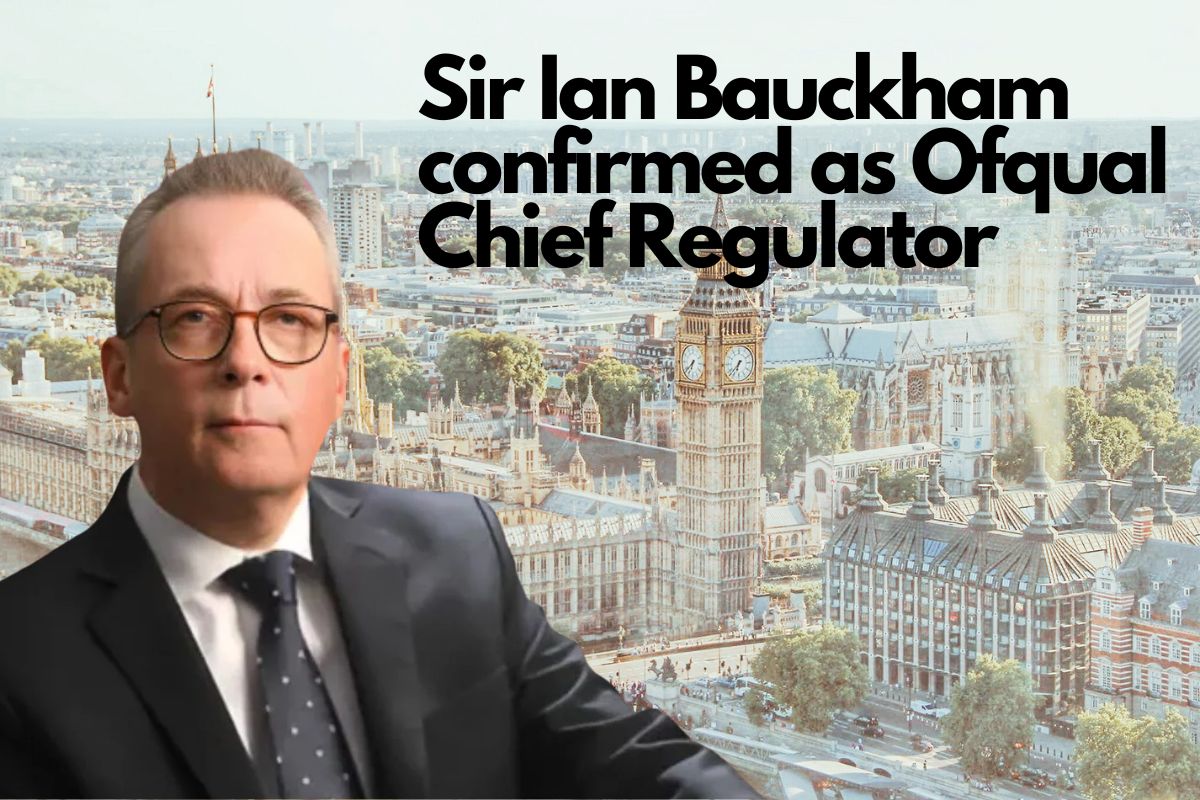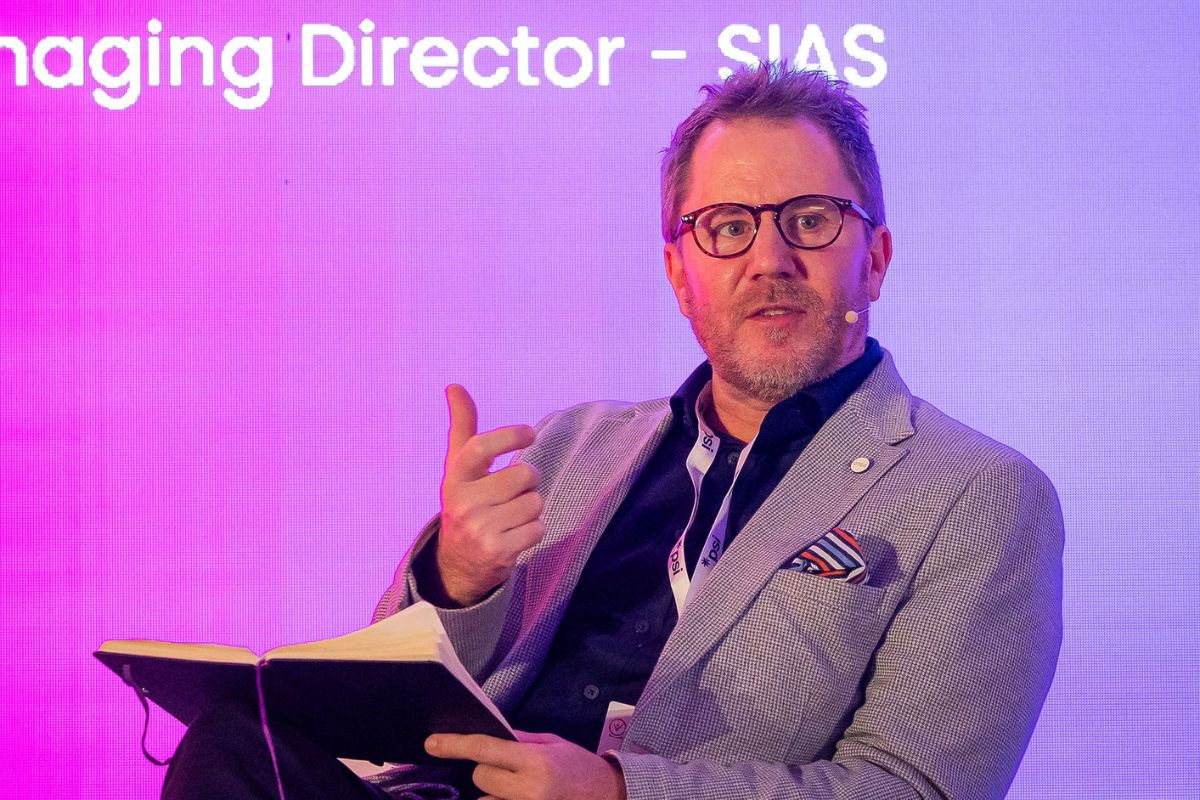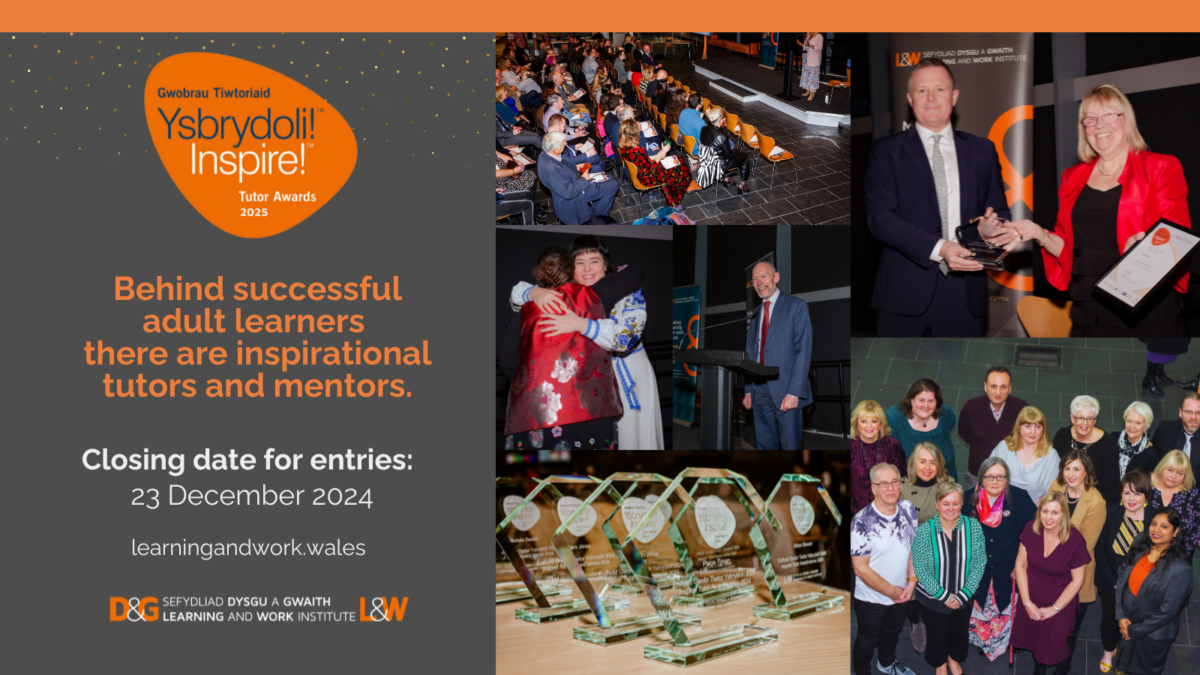Materials process engineer (Degree)

Reference Number: ST0659
Details of standard
Occupation summary
This occupation is found in a wide variety of Thermal Process related fields including Casting, Forging, Machining, Coating, Heat treatment and Surface Finishing processes. These specialist areas are also found in a wide range of industries where materials and their processes are fundamental to the technology . Industries as diverse as Medical, Defence, Energy, Oil and Gas, Aerospace and Nuclear all incorporate the skills of Materials Process Engineers. The broad purpose of the occupation is to perform a role which is unique to the materials/manufacturing community, controlling and managing the complex manufacturing processes and support services that are applied to products for the automotive, aerospace, medical, energy and construction sectors. They do this by collecting and organising all the information needed to understand the whole problem, exploring it from all angles, and then finding the most appropriate solution for integration into a sustainable product life cycle. A Materials Process Engineer might typically work in either the problem definition or solution provider environments, making critical decisions in the process and utilities to produce high-quality, cost-effective parts and systems, then testing and accepting the designed solutions. They provide essential support to their associated businesses providing guidance and leadership in improving company metrics of quality, delivery, new product introduction and support key financial and business decisions.. In their daily work, an employee in this occupation interacts with all departments within the companies they work for and at a range of levels within the departments depending on the project in which they are engaged. Their main focus will be with the Engineering team and they will also have strong links in support of the Operations team. However to fulfil many of the projects, links to finance, supply chain and customer support will be a day to day occurrence and as the activities broaden there will be strong communication to the wider external customer base both in a sales support activity and during technical project discussions. An employee in this occupation will be responsible for implementing new products and processes and for many cost reduction and process improvement initiatives. They have direct responsibility for defining the methods of manufacture of complex engineering systems and the asset base and services which are used to produce high value manufactured products. In many cases weekly and monthly reports will be required at both team level and to senior members of the company.
Typical job titles
Typical job titles include Process Engineer; Product Engineer; Manufacturing Engineer; Materials Engineer; Technologist; Coatings engineer; Surface treatment engineer; Casting Engineer; Fellow; Subject Matter Expert; Senior( Domain Specialist) Engineer eg Welding Engineer,.
Core occupation duties
Duty |
Criteria for measuring performance |
KSBs |
|
Duty 1 Lead multiple new product introduction or process improvement engineering projects working closely with the operations and engineering teams to prioritise projects in line with ever changing business / customer priorities |
Adherence to employer policies and procedures Work delivered to agreed timescales and cost Compliance to customer specifications |
K1 K2 K3 K4 K5 K6 K27 S1 S2 S3 S4 S5 B1 B2 B3 B4 B5 B6 |
|
Duty 2 Takes responsibility for the creation of process rules that ensure product definition will be capable of being manufactured, assembled and repaired in line with project timescales |
Compliance to customer specifications Productivity standards meet customer requirements Cost and quality standards meet business requirements |
K7 K8 K9 S1 S2 S3 S4 S6 S7 S8 B1 B6 |
|
Duty 3 Liaises directly with customers to fully establish working project requirements, status and action plans |
Adherence to employer policies and procedures Work delivered to agreed timescales and cost Compliance to customer specifications |
K2 K4 K5 K10 K11 K12 S1 S2 S4 S9 B1 B3 |
|
Duty 4 Leads process improvement activities associated with new and existing manufacturing processes utilising latest techniques and practices by the collection and analysis of data using standard SPC analytical techniques |
Compliance to customer specifications Productivity standards meet customer requirements Cost and quality standards meet business requirements |
K7 K8 K10 K13 K14 K15 K16 S1 S2 S3 S4 S10 S11 S12 B1 B5 B6 |
|
Duty 5 Performs, implements and reviews process risk and mitigation activities utilising tools such as PFMEA and value stream mapping to manage product quality and cost |
Cost and quality standards meet business requirements |
K5 K9 K14 K17 K18 S1 S2 S3 S4 S13 S14 B2 B4 B6 |
|
Duty 6 Understand manufacturing engineering production methods, control strategies and quality issues related to the manufacture of products |
Compliance to customer specifications Productivity standards meet customer requirements Cost and quality standards meet business requirements |
K13 K17 K19 S1 S7 S12 S14 S16 B1 B6 |
|
Duty 7 Identify, implement and share best practices across multiple cells and sites by development of global methods and systems to support design, cost and quality targets |
Productivity standards meet customer requirements Cost and quality standards meet business requirements Positive relationship with peers |
K1 K3 K8 K9 K16 K20 S1 S2 S3 S4 S5 B1 B2 B3 B4 |
|
Duty 8 Provide expert materials advice to inform and guide commercial [team] decision making |
Work delivered to agreed timescales and cost |
K2 K3 K10 K12 K18 S1 S2 S3 S4 S14 B1 B4 B6 |
|
Duty 9 Evaluate the latest technological advances and provide a critical analysis of their short and long term implications for the business |
Adherence to employer policies and procedures Excellent interpersonal skills |
K6 K8 K10 K12 K15 K18 S1 S2 S4 S8 S9 S14 B1 B3 B5 B6 |
|
Duty 10 Accurately review customer drawings and specifications and ensure compliance when creating work instructions and other internal documentation |
Compliance to customer specifications |
K5 K7 K8 K9 K12 S1 S2 S4 S7 S8 S9 B1 B2 B5 B6 |
|
Duty 11 Work with all stakeholders to ensure compliance with quality, environmental and Health and Safety policies |
Adherence to employer policies and procedures |
K5 K8 K10 K11 K15 S1 S2 S4 S12 B1 B3 B6 |
|
Duty 12 Create the detailed process instructions including inspection requirements, design and procure tooling and fixtures in aid of production activities or to improve productivity |
Adherence to employer policies and procedures Compliance to customer specifications Productivity standards meet customer requirements Cost and quality standards meet business requirements |
K5 K8 K15 K18 K19 K21 S7 S8 S12 B1 B5 B6 |
|
Duty 13 Deliver stable and capable processes to an agreed customer specification and that there are actions in place to support equipment improvement and associated maintenance schedules to ensure capable process continuation |
Adherence to employer policies and procedures Compliance to customer specifications Productivity standards meet customer requirements Cost and quality standards meet business requirements |
K5 K8 K9 K13 K14 K15 K16 K17 K22 S1 S6 S7 S8 S9 S10 S11 B1 B3 B5 B6 |
|
Duty 14 Produce technical reports as required during interim phases and at completion of project work |
Excellent interpersonal skills Successful review of technical reports |
K23 K24 S2 B2 B4 |
|
Duty 15 Market and represent the company at customer technical meetings and at local/international conferences and events |
Excellent interpersonal skills Excellent presentation skills |
K8 K9 K11 K12 K23 S2 S4 B1 B3 B5 |
|
Duty 16 Lead, mentor and manage teams highlighting the importance of networking, communication and taking personnel responsibility in delivering products to a customer |
Excellent interpersonal skills |
K1 K3 K19 K20 K21 K25 S1 S2 S4 S5 B2 B3 B4 |
Option duties
Duty |
Criteria for measuring performance |
KSBs |
|
Duty 17: Ensure the safe and reliable operation, control of the process and close out of quality, process and business improvements in a castings environment |
Successful review of case studies with mentors Successful completion of project Adherence to employer policies and procedures Work delivered to agreed timescales and cost |
K26 S16 B1 B2 B3 B4 B5 B6 |
|
Duty 18: Lead the end to end process for casting operations, for example digital systems, emerging process technologies, alignment of services and specifications and methods and techniques for maintenance. Interface with operations assets and laboratory functions and understand links between business critical departments |
Adherence to employer policies and procedures Work delivered to agreed timescales and cost Compliance to customer specifications Productivity standards meet customer requirements Cost and quality standards meet business requirements |
K26 S16 B1 B2 B3 B4 B5 B6 |
|
Duty 19: Ensure casting is integrated in the end to end process for the product lifecycle for example product verification, design proving, material applications and methods related to conformance to customer specification |
Adherence to employer policies and procedures Work delivered to agreed timescales and cost Compliance to customer specifications Productivity standards meet customer requirements Cost and quality standards meet business requirements |
K26 S17 B5 B6 |
|
Duty 20: Ensure methods and techniques for safe and reliable operation, control and close out of quality, process and business improvements in a coatings environment |
Successful review of case studies with mentors Successful completion of project Adherence to employer policies and procedures Work delivered to agreed timescales and cost |
K28 S16 B1 B2 B3 B4 B5 B6 |
|
Duty 21: Lead the end to end process for coating operations, for example digital systems, emerging process technologies, alignment of services and specifications and methods and techniques for maintenance. Interface with operations assets and laboratory functions and understand links between business critical departments |
Adherence to employer policies and procedures Work delivered to agreed timescales and cost Compliance to Customer specifications Productivity standards meet Customer requirements Cost and quality standards meet Business requirements |
K28 S16 B1 B2 B3 B4 B5 B6 |
|
Duty 22: Ensure Coatings are integrated in the end to end process for the product lifecycle for example product verification, design proving, material applications and methods related to conformance to customer specification |
Adherence to employer policies and procedures Work delivered to agreed timescales and cost Compliance to customer specifications Productivity standards meet customer requirements Cost and quality standards meet business requirements |
S17 B5 B6 |
|
Duty 23: Ensure the safe and reliable operation, control and close out of quality, process and business improvements in a welding environment |
Successful review of case studies with mentors Successful completion of project Adherence to employer policies and procedures Work delivered to agreed timescales and cost |
K29 S16 B1 B2 B3 B4 B5 B6 |
|
Duty 24: Lead the end to end process for welding operations, for example digital systems, emerging process technologies, alignment of services and specifications and methods and techniques for maintenance. Interface with operations assets and laboratory functions and understand links between business critical departments |
Adherence to employer policies and procedures Work delivered to agreed timescales and cost Compliance to Customer specifications Productivity standards meet Customer requirements Cost and quality standards meet Business requirements |
K29 S16 B1 B2 B3 B4 B5 B6 |
|
Duty 25: Ensure Welding is integrated in the end to end process for the product lifecycle for example product verification, design proving, material applications and methods related to conformance to customer specification |
Adherence to employer policies and procedures Work delivered to agreed timescales and cost Compliance to customer specifications Productivity standards meet customer requirements Cost and quality standards meet business requirements |
S17 B5 B6 |
|
Duty 26: Ensure the requirements, methods and techniques for safe and reliable operation, control and close out of quality, process and business improvements in a brazing environment |
Successful review of case studies with mentors Successful completion of project Adherence to employer policies and procedures Work delivered to agreed timescales and cost |
K30 S16 B1 B2 B3 B4 B5 B6 |
|
Duty 27: Lead the end to end process for brazing operations, for example digital systems, emerging process technologies, alignment of services and specifications and methods and techniques for maintenance. Interface with operations assets and laboratory functions and understand links between business critical departments |
Adherence to employer policies and procedures Work delivered to agreed timescales and cost Compliance to customer specifications Productivity standards meet customer requirements Cost and quality standards meet business requirements |
K30 S16 B1 B2 B3 B4 B5 B6 |
|
Duty 28: Ensure Brazing is integrated in the end to end process for the product lifecycle for example product verification, design proving, material applications and methods related to conformance to customer specification |
Adherence to employer policies and procedures Work delivered to agreed timescales and cost Compliance to customer specifications Productivity standards meet customer requirements Cost and quality standards meet business requirements |
S17 B5 B6 |
|
Duty 29: Ensure the requirements, methods and techniques for safe and reliable operation, control and close out of quality, process and business improvements in a heat treatment environment |
Successful review of case studies with mentors Successful completion of project Adherence to employer policies and procedures Work delivered to agreed timescales and cost |
K31 S16 B1 B2 B3 B4 B5 B6 |
|
Duty 30: Lead the end to end process for heat treatment operations, for example digital systems, emerging process technologies, alignment of services and specifications and methods and techniques for maintenance. Interface with operations assets and laboratory functions and understand links between business critical departments |
Adherence to employer policies and procedures Work delivered to agreed timescales and cost Compliance to customer specifications Productivity standards meet customer requirements Cost and quality standards meet business requirements |
K31 S16 B1 B2 B3 B4 B5 B6 |
|
Duty 31: Ensure Heat Treatment is integrated in the end to end process for the product lifecycle for example product verification, design proving, material applications and methods related to conformance to customer specification |
Adherence to employer policies and procedures Work delivered to agreed timescales and cost Compliance to customer specifications Productivity standards meet customer requirements Cost and quality standards meet business requirements |
S17 B5 B6 |
|
Duty 32: Ensure the requirements, methods and techniques for safe and reliable operation, control and close out of quality, process and business improvements in a surface treatment environment |
Successful review of case studies with mentors Successful completion of project Adherence to employer policies and procedures Work delivered to agreed timescales and cost |
K32 S16 B1 B2 B3 B4 B5 B6 |
|
Duty 33: Lead the end to end process for surface treatment operations, for example digital systems, emerging process technologies, alignment of services and specifications and methods and techniques for maintenance. Interface with operations assets and laboratory functions and understand links between business critical departments |
Adherence to employer policies and procedures Work delivered to agreed timescales and cost Compliance to customer specifications Productivity standards meet customer requirements Cost and quality standards meet business requirements |
K32 S16 B1 B2 B3 B4 B5 B6 |
|
Duty 34: Ensure Surface Treatment is integrated in the end to end process for the product lifecycle for example product verification, design proving, material applications and methods related to conformance to customer specification |
Adherence to employer policies and procedures Work delivered to agreed timescales and cost Compliance to customer specifications Productivity standards meet customer requirements Cost and quality standards meet business requirements |
S17 B5 B6 |
KSBs
Knowledge
K1: Theories of team working
K2: Principles of programme management
K3: Understanding the importance of conflict management
K4: Risk management theories and practice
K5: Principles of Quality Management Systems and implementation in factory environments
K6: New product introduction and technology management – theory
K7: Importance of design for manufacture and assembly
K8: Principles and practices of engineering standards
K9: Principles of process risk management including Process Failure Modes and Effects Analysis (PFMEA)
K10: Principles of Stakeholder management
K11: Importance of working within a regulatory framework
K12: Importance of Intellectual Property, Patents and Export Control
K13: The function of Quality Techniques Systems and Standards
K14: The principles of statistical process control and application techniques (e.g PFMEA)
K15: Change management principles
K16: Principles and practices of knowledge based systems
K17: Principles of Lean Manufacturing
K18: Cost based engineering (including estimating, cost control, cost forecasting, investment appraisal and risk analysis)
K19: Principles of Operations management
K20: Principles of Leadership in Operations Management
K21: Principles of Supply Chain Management
K22: Principles of Asset Management
K23: The principles of effective presentations (including planning, structuring, how and when to engage with the audience,using visual aids, presenting data)
K24: Art of technical report writing
K25: Principles of mentoring people
K26: Fundamentals of casting process and technology
K27: Fundamentals of the product life cycle
K28: Fundamentals of coating processes and technology
K29: Fundamentals of welding processes and technology
K30: Fundamentals of brazing processes and technology
K31: Fundamentals of heat treatment processes and technology
K32: Fundamentals of surface treatment processes and technology
Skills
S1 Work within a team environment. This may include acting as a team leader with people management skills. They undertake risk analysis and problem solving on behalf of the team.
S2 Communicate and present information appropriately and effectively taking account of target audience
S3 Apply appropriate programme management tools. Typically this would include a RACI chart, Project Plans, Load and Capacity analysis and cost analysis.
S4 Actively listen and explain clearly and appropriately to target audience
S5 Mentor and support others using coaching skills and actively support continuous professional development.
S6 Use Process Failure Mode Effect Analysis tool kit appropriately
S7 Operate and control process equipment using continuous improvement methodologies
S8 Apply process control procedures correctly and effectively
S9 Apply appropriate negotiation techniques effectively
S10 Make appropriate use of statistical tools eg Minitab, excel, DMAIC
S11 Make appropriate use of problem solving tools eg 8D, 5 whys
S12 Apply change control tools and practices
S13 Apply risk management tools and techniques
S14 Demonstrate correct application of Value Stream Mapping tools
S15 Apply production control methods eg planning and project management
S16 Correct use of specialist equipment and process knowledge
S17 Correct use of product life cycle concepts
Behaviour
B1: Working collaboratively – is comfortable in working in teams and being a team leader to agreed goals
B2: Professional Commitment – Commitment to corporate values and behaviours through the demonstrating a personal , ethical and professional commitment to society, their profession and the environment, adopting a set of values and behaviours that will maintain and enhance the reputation of the profession as well as their organisation
B3: Commitment to leadership – Taking personal responsibility for their actions, managing projects including resource management within their remit and able to mentor and instruct others in associated standards and best practice
B4: Commitment to the profession Contributing proactively to the continuing development of engineering within their domain
B5: Curiosity and Innovation Utilising own and others creativity to Improve the industry through embracing new technology and the digital world
B6: System Thinking Seeing whole systems and parts and how they connect recognising interdependencies and integration
Qualifications
English and Maths qualifications
Apprentices without level 2 English and maths will need to achieve this level prior to taking the End-Point Assessment. For those with an education, health and care plan or a legacy statement, the apprenticeship’s English and maths minimum requirement is Entry Level 3. A British Sign Language (BSL) qualification is an alternative to the English qualification for those whose primary language is BSL.
Other qualifications
Mandatory qualification 1: Manufacturing Technology and Management MSc
Level of qualification: 7 (non-integrated degree)
Basis for mandatory qualification: Eligible Type 2 qualification that does not meet any of the above three criteria (i.e. only select if any of the above three criteria do not apply)
Type of qualification
Type 2 off-the-job qualification
Mandatory Qualifications University Section
University 1
Provide the names of the universities involved in the development of the apprenticeship standard:Cranfield |
University 2
Provide the names of the universities involved in the development of the apprenticeship standard:Loughborough |
University 3
Provide the names of the universities involved in the development of the apprenticeship standard:Manchester University |
Professional recognition
Institute of Materials, Minerals and Mining / C.Eng
Institution of Mechanical Engineers / C Eng
Chartered Society of Designers / Chartered Designer
Institute of Metal Finishing / Chartered and Incorporated Engineers
Institute of Cast Metal Engineers / Chartered and Incorporated Engineers
NSIRC / CEng
Additional details
Occupational Level: 7
Duration (months): 24
Review
This standard will be reviewed after three years.
Crown copyright © 2019. You may re-use this information (not including logos) free of charge in any format or medium, under the terms of the Open Government Licence. Visit www.nationalarchives.gov.uk/doc/open-government-licence











Responses